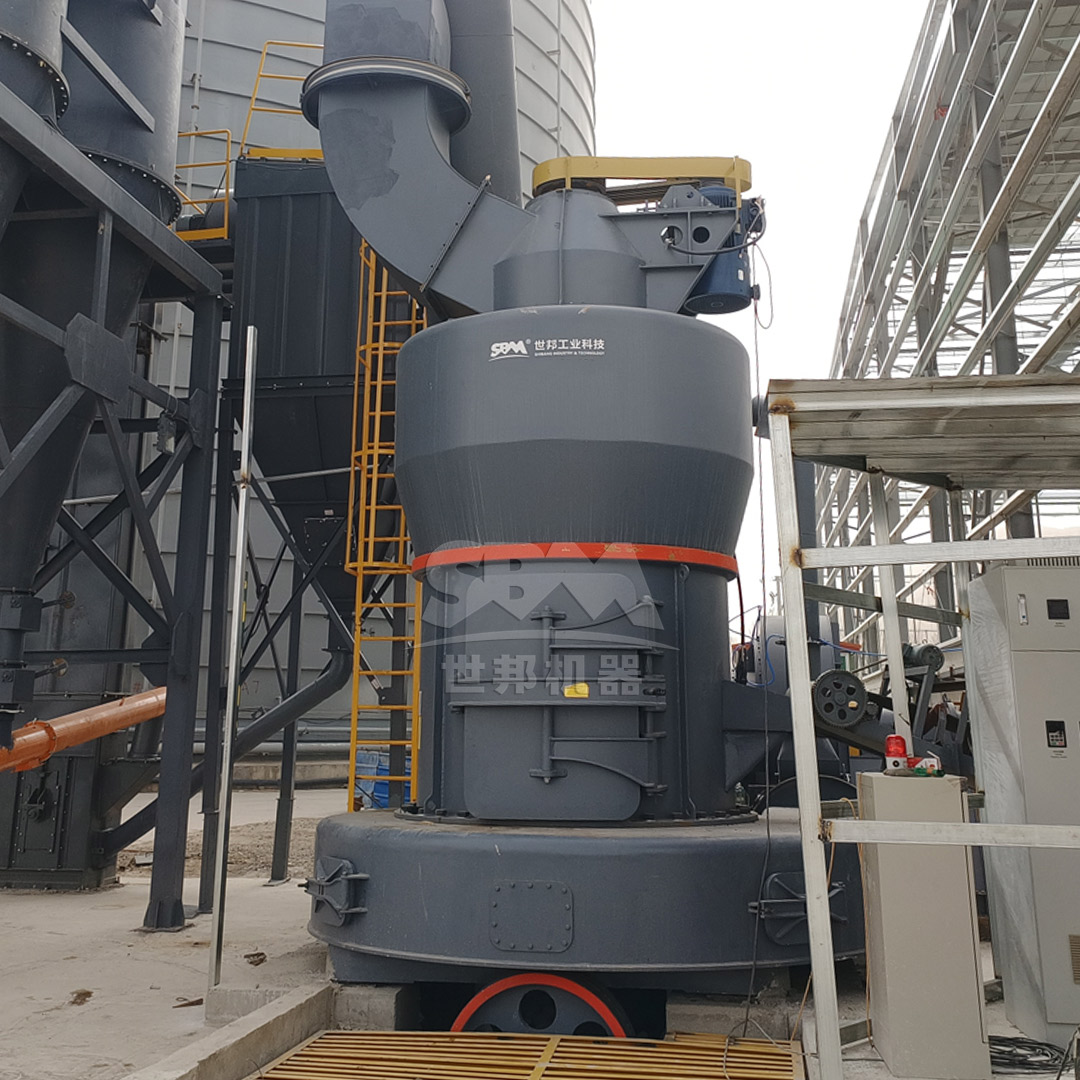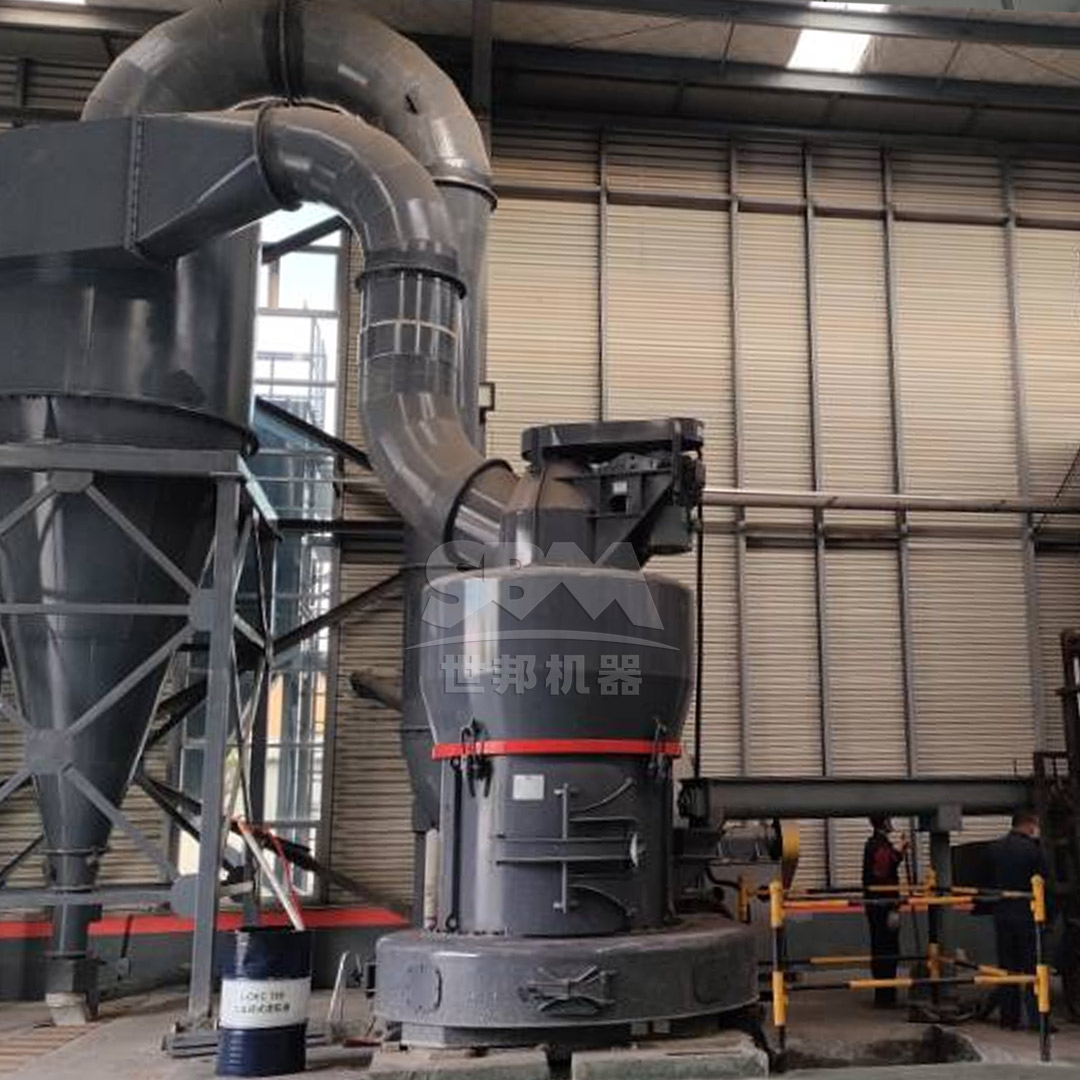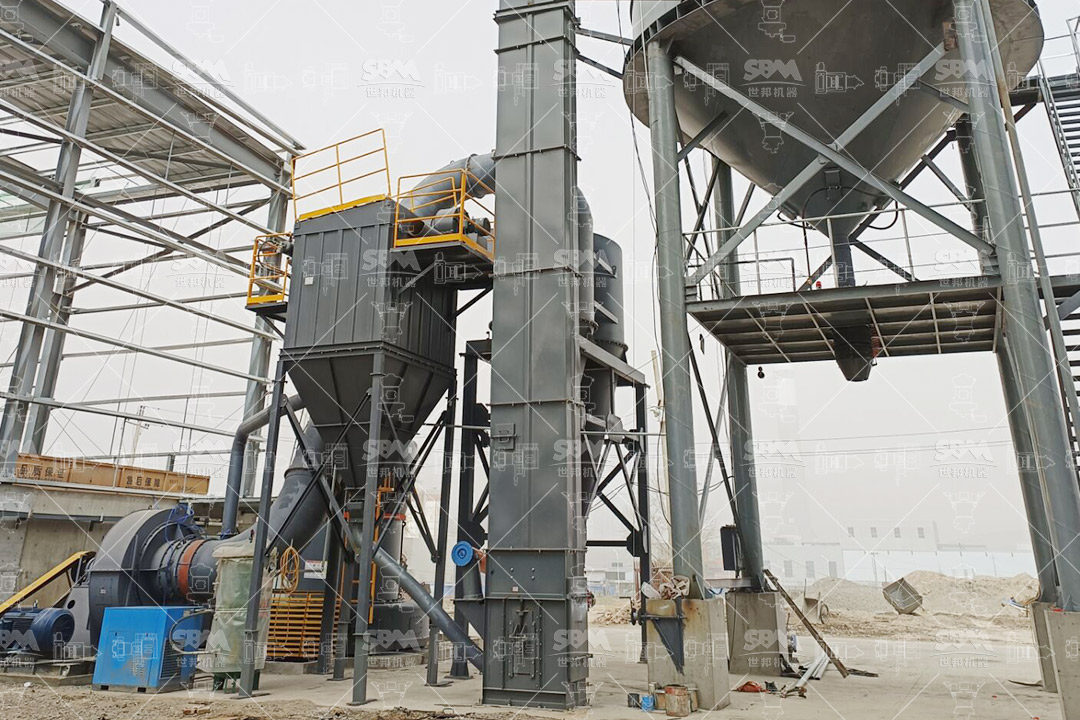High-purity limestone, characterized by its calcium carbonate content exceeding 97%, has become an indispensable raw material across numerous advanced industrial sectors. From pharmaceuticals and food additives to plastics, paints, and advanced construction materials, the demand for precisely controlled limestone powders continues to grow exponentially. The transformation of raw limestone into these specialized powders requires sophisticated grinding technology capable of delivering consistent particle size distribution, maintaining chemical purity, and operating with exceptional energy efficiency. This article explores the technological advancements in limestone grinding mills and their critical role in meeting the stringent requirements of modern industrial applications.

The processing of high-purity limestone presents unique challenges that demand specific technological solutions from grinding equipment. Key requirements include precise particle size control, contamination prevention, thermal management, and energy optimization. Modern industrial applications often require limestone powders with D97 particle sizes ranging from coarse 45-micron grades to ultra-fine 5-micron specifications, with tight distribution curves to ensure consistent product performance. Additionally, the grinding process must preserve the chemical integrity of the limestone, avoiding metallic contamination from wear parts and minimizing thermal degradation that can affect material properties.
| Application Sector | Required Fineness (D97) | Special Requirements |
|---|---|---|
| Pharmaceuticals | 5-10μm | Zero metallic contamination, sterile processing |
| Food Additives | 10-45μm | FDA-compliant materials, thermal control |
| Plastics & Polymers | 15-75μm | Surface activation, narrow distribution |
| Paints & Coatings | 20-45μm | High brightness, dispersibility |
| Construction Materials | 45-325μm | Bulk density control, reactivity |
Contemporary limestone processing employs several grinding technologies, each with distinct advantages for specific applications. The evolution from traditional ball mills to advanced vertical roller mills and ultra-fine grinding systems represents significant progress in efficiency, product quality, and operational economics. Understanding the capabilities of each technology is essential for selecting the optimal solution for particular purity and fineness requirements.
Vertical roller mills have revolutionized limestone processing by integrating multiple functions—crushing, grinding, drying, and classification—within a single compact unit. These systems utilize hydraulically pressurized grinding rollers operating on a rotating grinding table, creating a highly efficient bed-compression grinding mechanism. The immediate removal of ground material by air circulation prevents over-grinding and reduces energy consumption by 30-40% compared to traditional ball mill systems. For high-purity applications, the minimal metal-to-metal contact and advanced material selection for wear parts significantly reduce the risk of contamination.
For applications requiring sub-10-micron powders, specialized ultra-fine grinding systems with integrated high-efficiency classifiers have become the industry standard. These mills combine mechanical impact grinding with precise air classification to achieve narrow particle size distributions in the finest ranges. The closed-circuit design with advanced dust collection ensures both product quality and environmental compliance, with dust emissions consistently maintained below 20mg/m³.

For operations requiring the highest levels of fineness and purity, the SCM Ultrafine Mill represents the pinnacle of grinding technology. Specifically engineered for producing powders in the 325-2500 mesh range (D97≤5μm), this system delivers exceptional performance for the most demanding high-value applications. The mill’s innovative design incorporates a vertical turbine classification system that enables precise particle size cuts without coarse powder contamination, ensuring consistently uniform product quality.
The technological advantages of the SCM Ultrafine Mill extend beyond its impressive fineness capabilities. With an energy consumption reduction of 30% compared to conventional jet mills and double the production capacity, it represents a significant advancement in processing economics. The intelligent control system automatically monitors and adjusts operational parameters to maintain target particle size distribution, while the special material selection for grinding components extends service life and minimizes maintenance requirements.
| Model | Processing Capacity (ton/h) | Main Motor Power (kW) | Output Fineness (mesh) |
|---|---|---|---|
| SCM800 | 0.5-4.5 | 75 | 325-2500 |
| SCM900 | 0.8-6.5 | 90 | 325-2500 |
| SCM1000 | 1.0-8.5 | 132 | 325-2500 |
| SCM1250 | 2.5-14 | 185 | 325-2500 |
| SCM1680 | 5.0-25 | 315 | 325-2500 |
Environmental considerations are integral to the SCM design, with pulse dust collection efficiency exceeding international standards and noise levels controlled below 75dB through comprehensive acoustic engineering. The working principle involves a main motor driving multiple grinding rings in layers, with material dispersed into the grinding path by centrifugal force. After progressive grinding through each level, the final powder collection is accomplished through a combination of cyclone collectors and pulse dust removal systems, ensuring maximum product recovery and minimal environmental impact.
For operations prioritizing high-volume production with consistent quality in the 30-325 mesh range, the MTW Series Trapezium Mill offers an optimal balance of capacity, efficiency, and reliability. Designed to handle feed materials up to 50mm in size with processing capacities ranging from 3 to 45 tons per hour depending on model specification, this mill excels in large-scale industrial applications where throughput and operational economy are paramount.
The technical innovations in the MTW Series include a wear-resistant shovel design with combined blades that significantly reduce maintenance costs and curved air channel optimization that minimizes airflow energy loss while improving transmission efficiency. The integral bevel gear transmission system achieves remarkable 98% transmission efficiency while saving space and reducing installation complexity. The durable grinding chamber construction, featuring specially formulated materials for grinding rollers and rings, ensures extended service life even when processing abrasive limestone varieties.
Operational principle centers on the main motor driving grinding rollers that revolve around the central shaft while simultaneously rotating on their own axis to generate centrifugal force. The shovel system throws material between the grinding ring and rollers to form a material bed, with efficient crushing achieved through compression. The integrated classification system provides precise control over final product fineness, while the innovative wear-resistant volute structure enhances air separation efficiency without flow resistance.

Choosing the appropriate grinding technology requires careful consideration of multiple factors specific to each operation. Beyond the fundamental requirements of product fineness and capacity, decision-makers must evaluate energy consumption, maintenance complexity, space constraints, environmental regulations, and total cost of ownership. The following parameters provide a structured framework for equipment selection.
| Parameter | Evaluation Criteria | Impact on Operation |
|---|---|---|
| Target Fineness | D97 particle size distribution | Determines grinding technology choice |
| Production Capacity | Tons per hour requirements | Affects machine size and configuration |
| Moisture Content | Feed and product specifications | Influences drying system requirements |
| Energy Efficiency | kWh per ton of product | Directly impacts operating costs |
| Contamination Control | Material contact specifications | Critical for high-purity applications |
| Space Limitations | Footprint and height restrictions | Affects layout and accessibility |
| Environmental Compliance | Dust emissions and noise levels | Determines ancillary system requirements |
Maximizing the performance and longevity of limestone grinding equipment requires adherence to established operational protocols and maintenance schedules. Proper feed preparation, including consistent sizing and moisture control, significantly influences grinding efficiency and product quality. Implementing comprehensive material tracking from quarry to final product ensures consistent processing parameters and identifies potential contamination sources before they impact product specifications.
Preventive maintenance programs focused on wear part monitoring, lubrication system integrity, and classifier calibration maintain optimal performance while reducing unplanned downtime. For high-purity applications, regular inspection of material contact surfaces and periodic contamination testing provide early detection of potential issues. Modern grinding systems with integrated automation and remote monitoring capabilities enable predictive maintenance approaches that further enhance operational reliability.
The evolution of limestone grinding technology continues to advance toward greater efficiency, precision, and sustainability. Emerging trends include the integration of artificial intelligence for real-time process optimization, the development of advanced wear materials with extended service life, and enhanced energy recovery systems that minimize environmental impact. Digital twin technology is increasingly employed for simulation and optimization before implementation, reducing commissioning time and improving operational outcomes.
Sustainability initiatives are driving innovation in areas such as waste heat recovery, water consumption reduction, and circular economy approaches that utilize byproducts from other industrial processes. The ongoing refinement of classification technology promises even tighter particle size distributions with reduced energy input, while advances in bearing and drive systems continue to push the boundaries of reliability and maintenance intervals. As industrial requirements for limestone powders become increasingly specialized, grinding technology will continue to evolve to meet these challenging specifications.
The processing of high-purity limestone for advanced industrial applications demands grinding technology that delivers precise particle control, operational efficiency, and consistent quality. The progression from traditional milling approaches to sophisticated systems like the SCM Ultrafine Mill and MTW Series Trapezium Mill represents significant advances in meeting these challenges. By understanding the capabilities of modern grinding technologies and their appropriate application across different product specifications, processors can optimize their operations for both technical and economic performance. As industrial requirements continue to evolve, grinding technology will undoubtedly advance accordingly, offering ever more efficient and precise solutions for high-purity limestone processing.